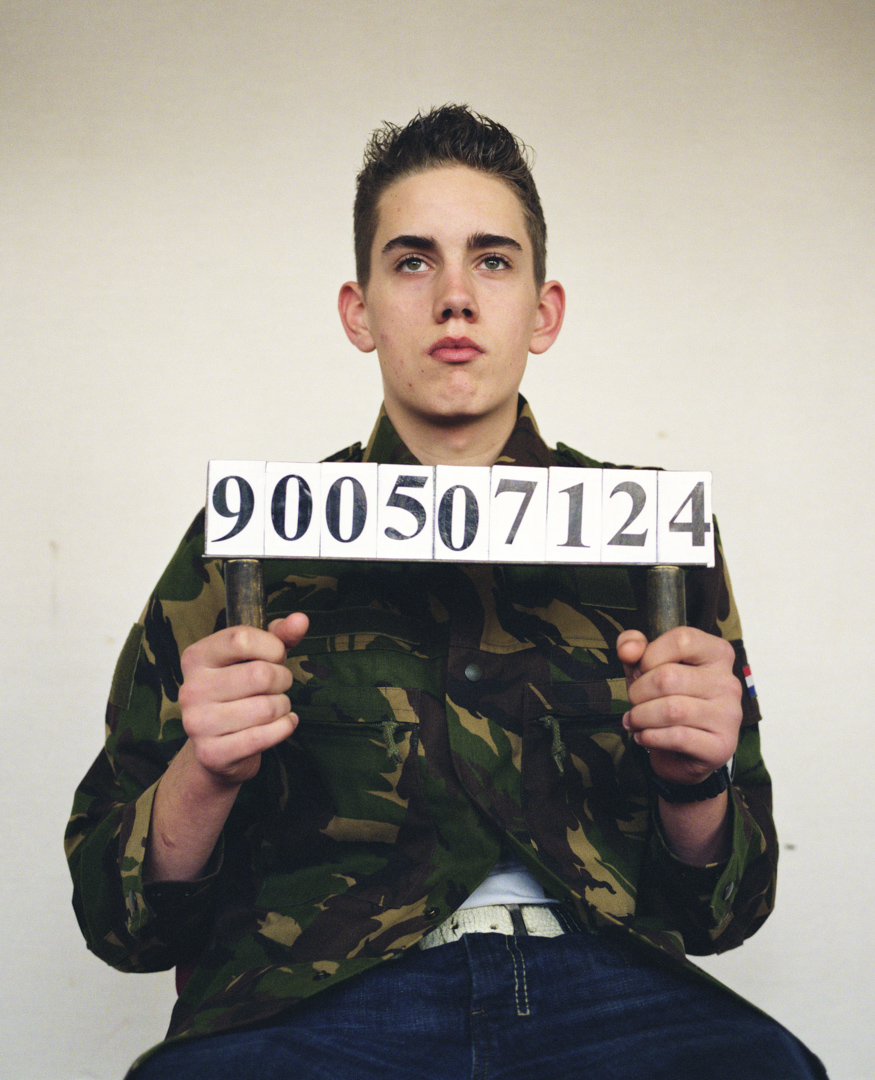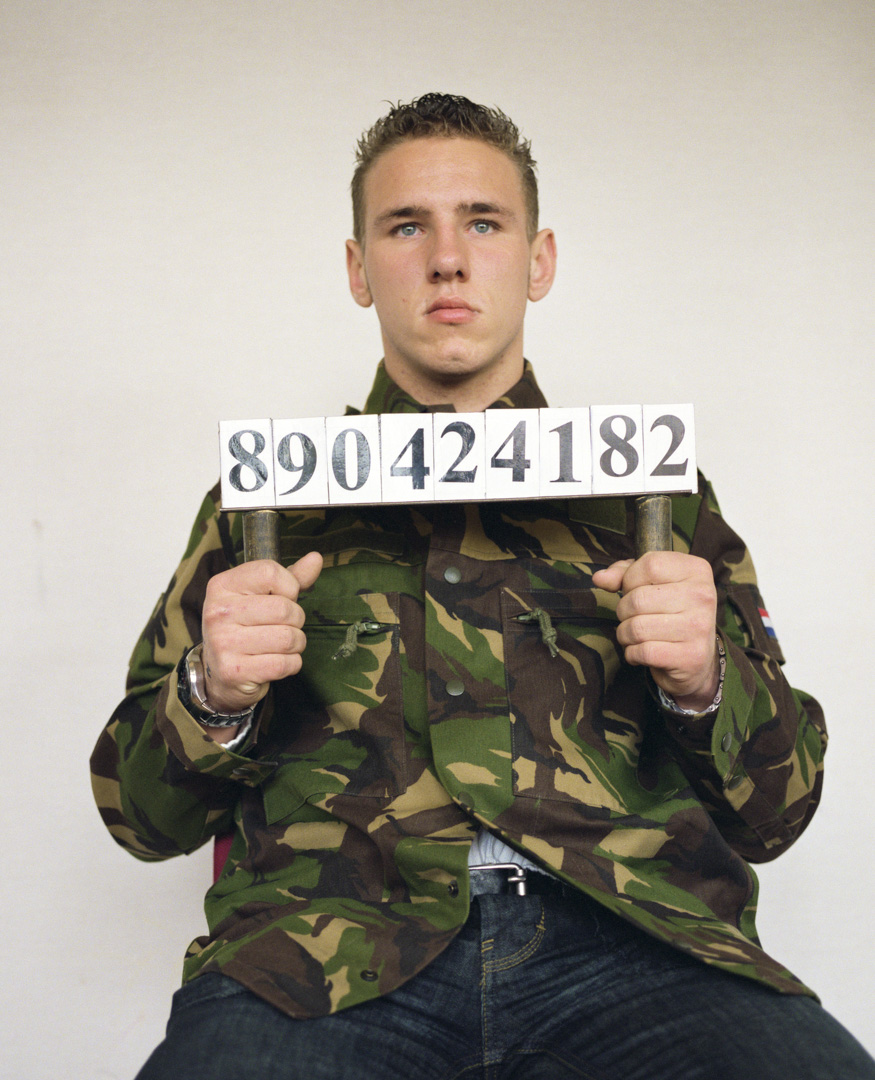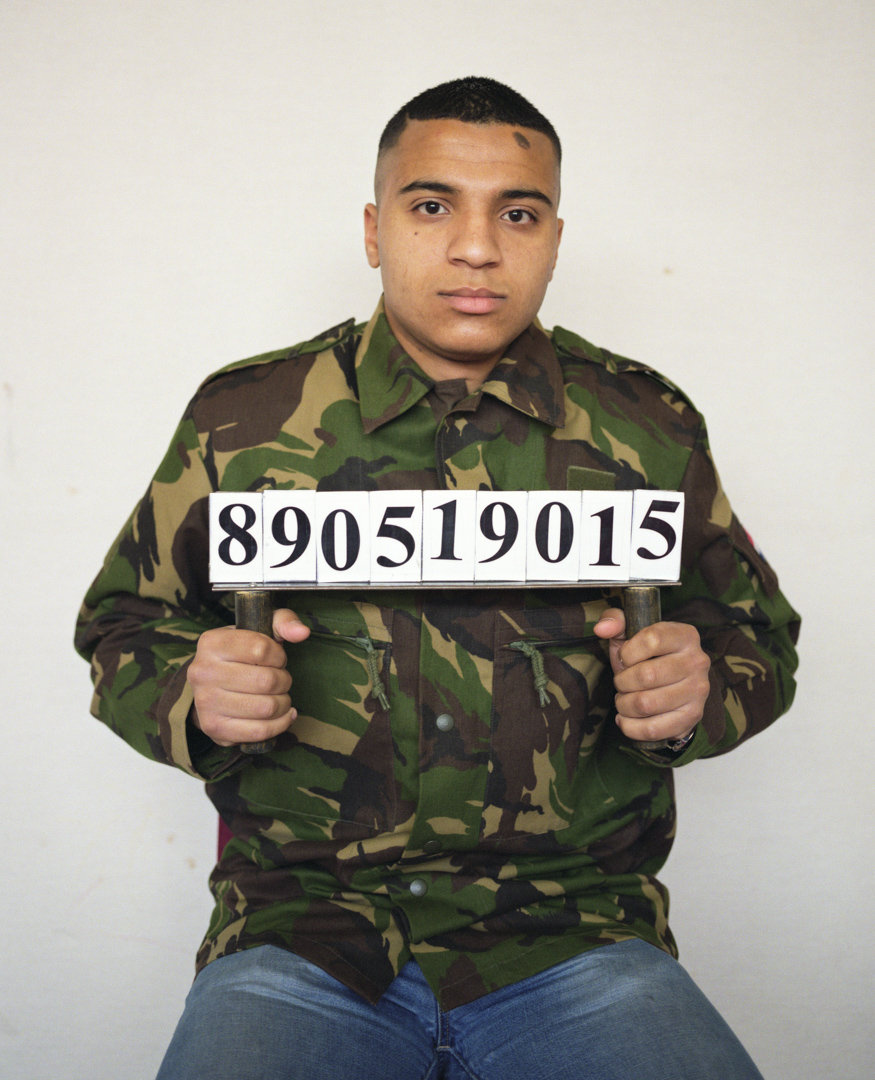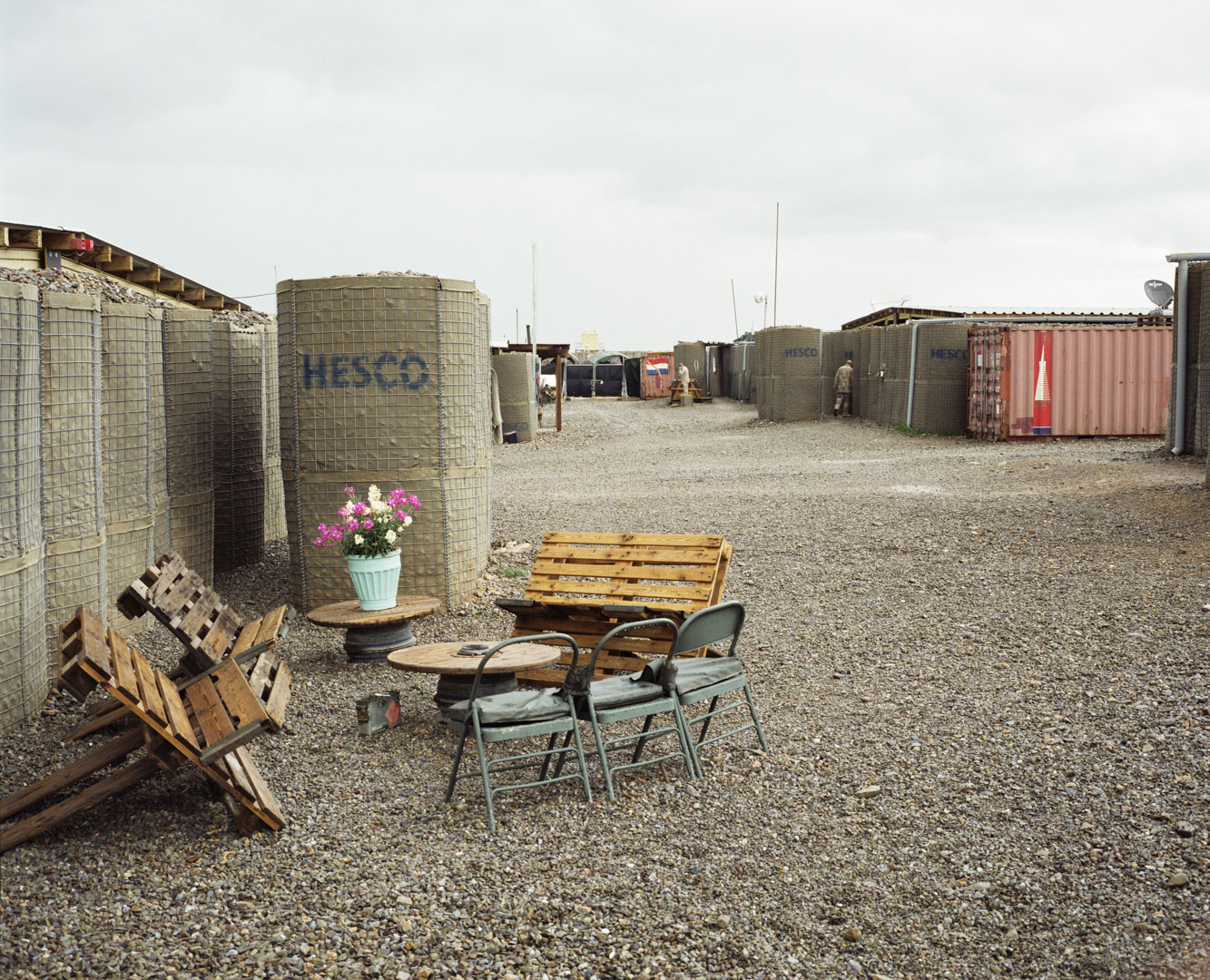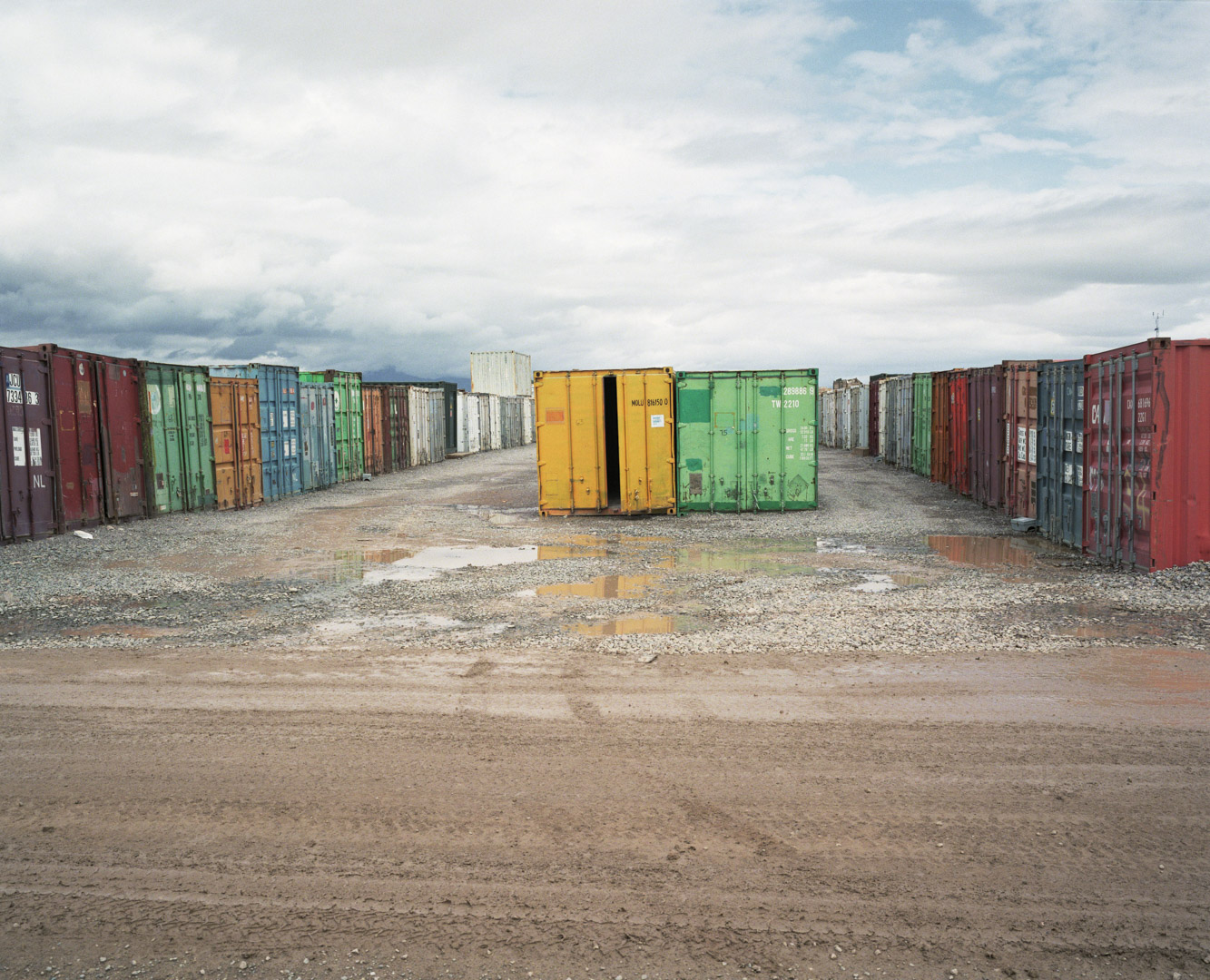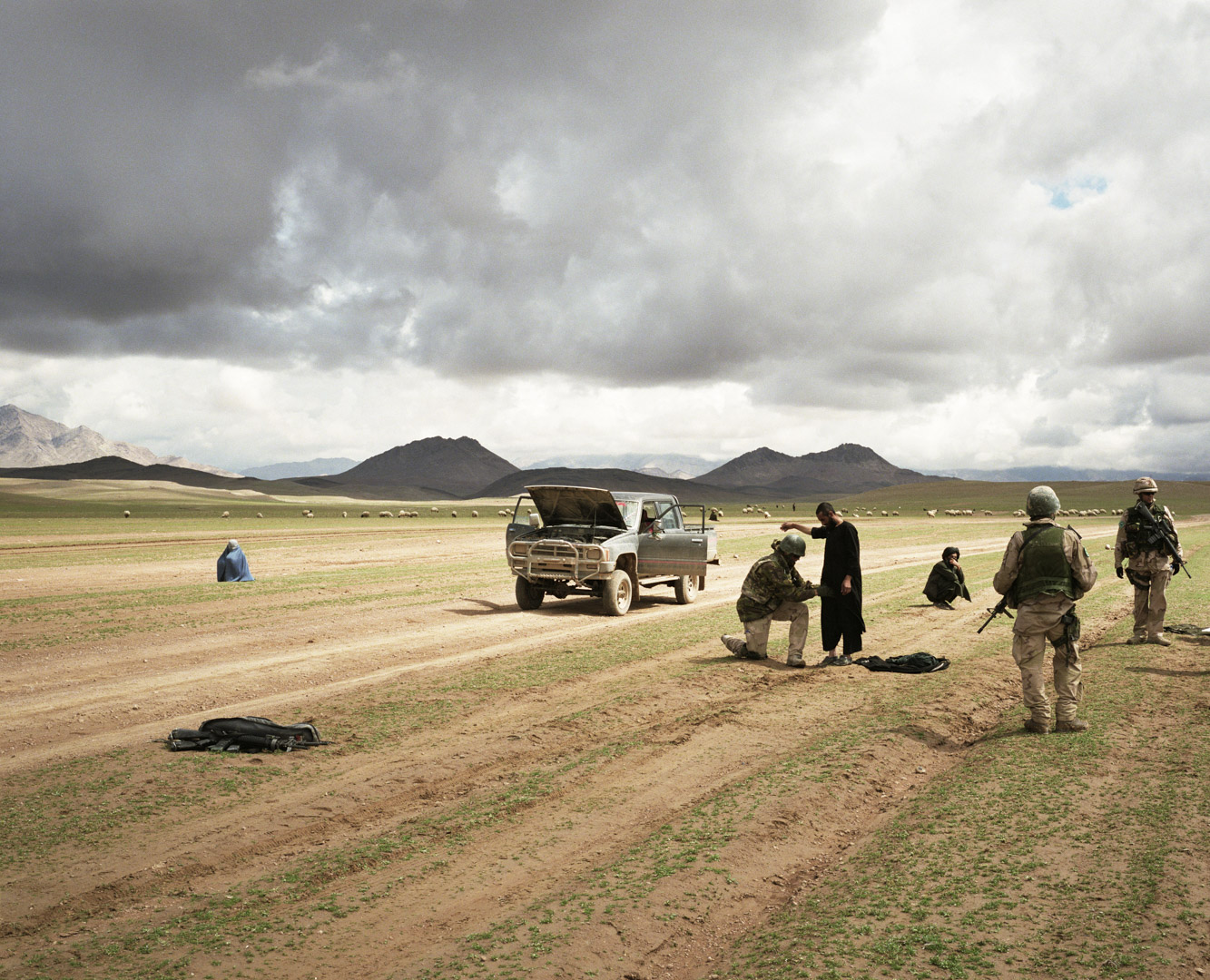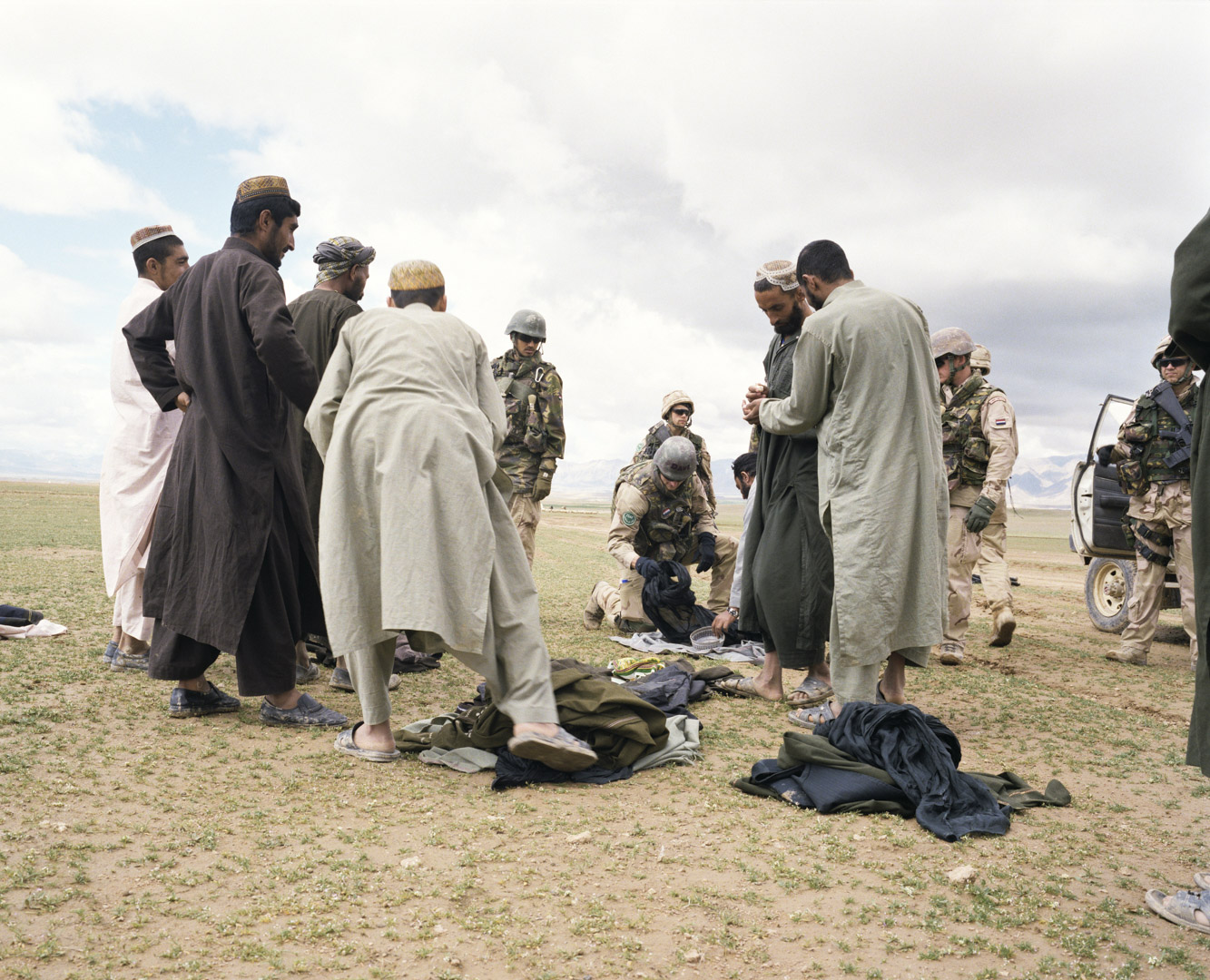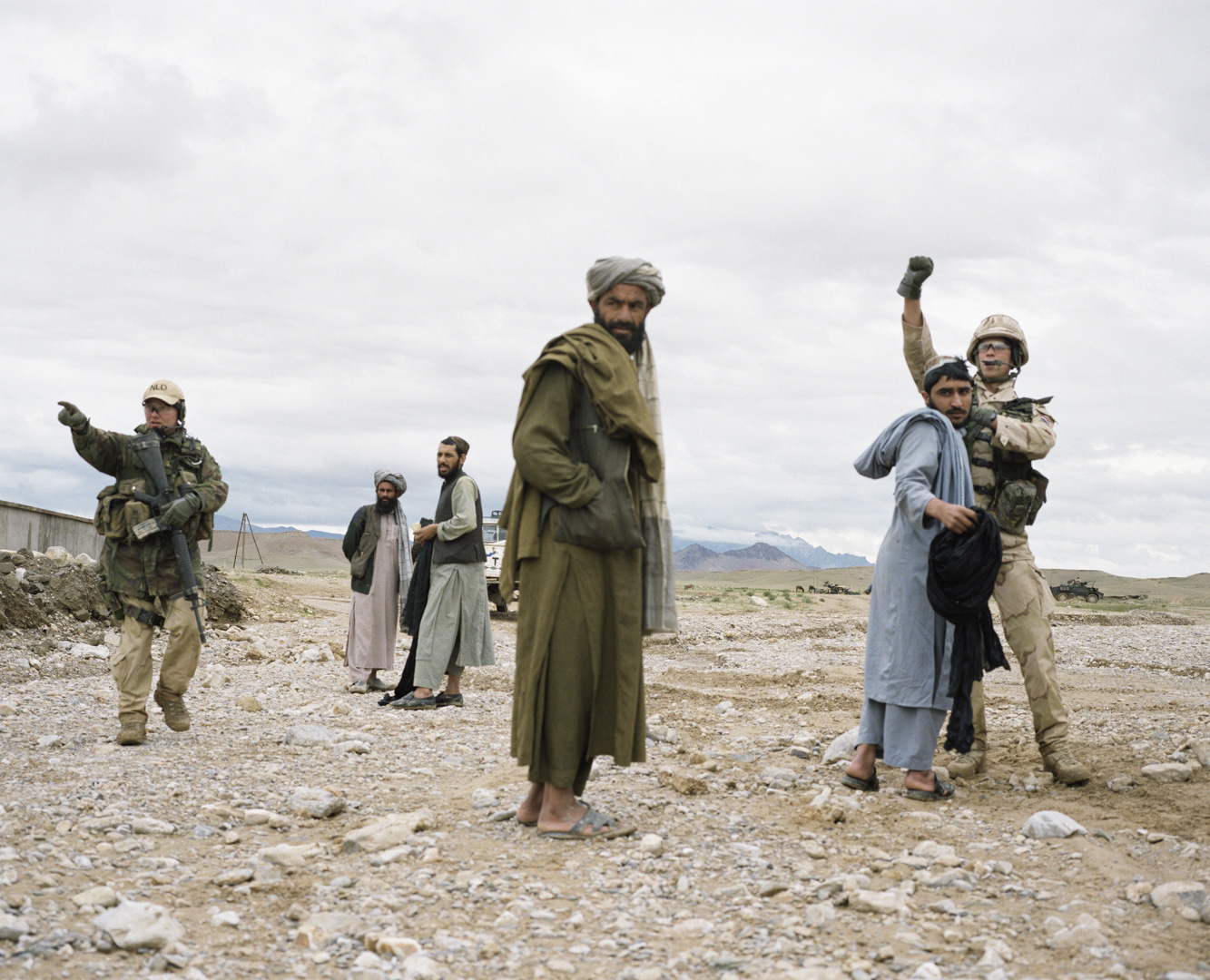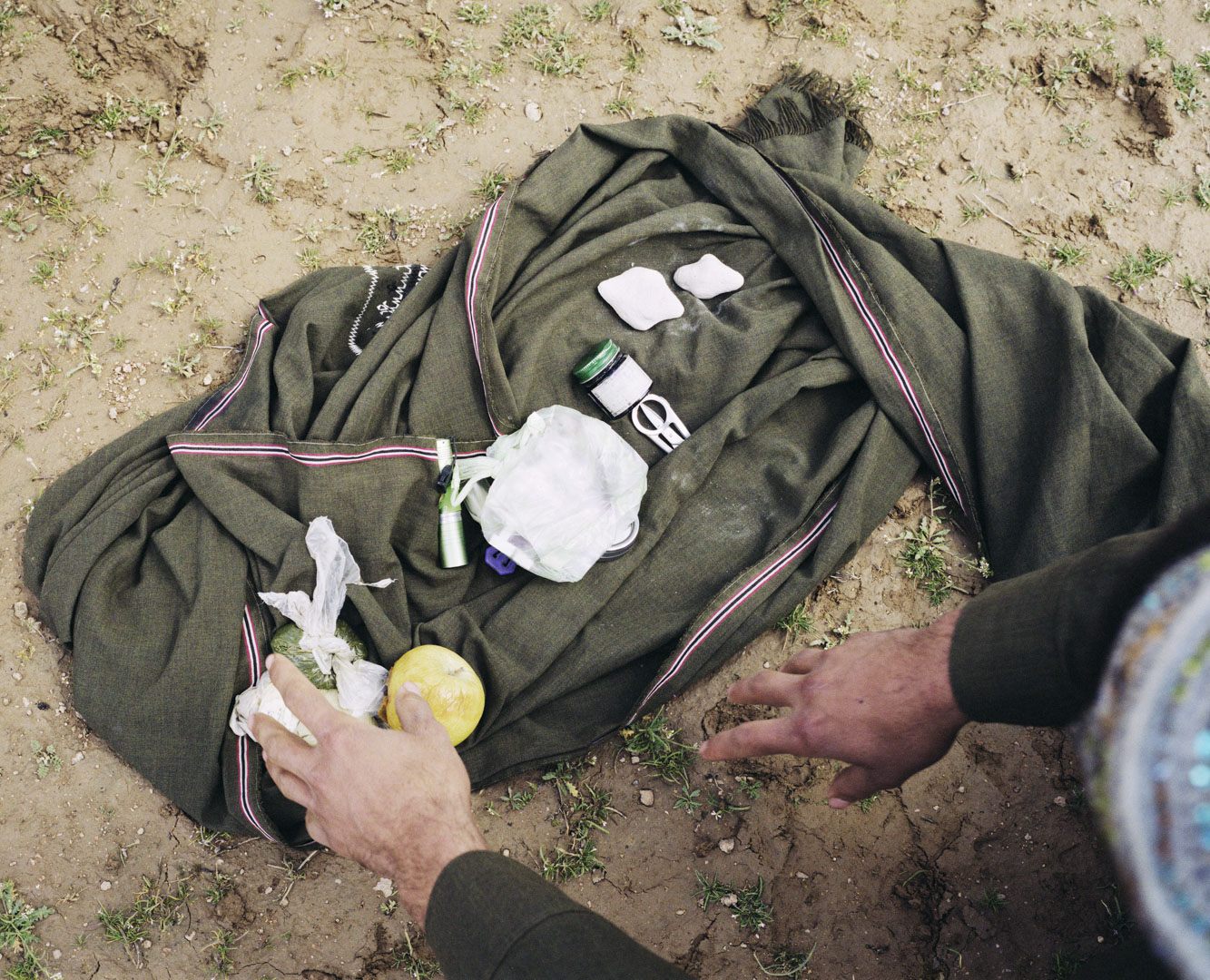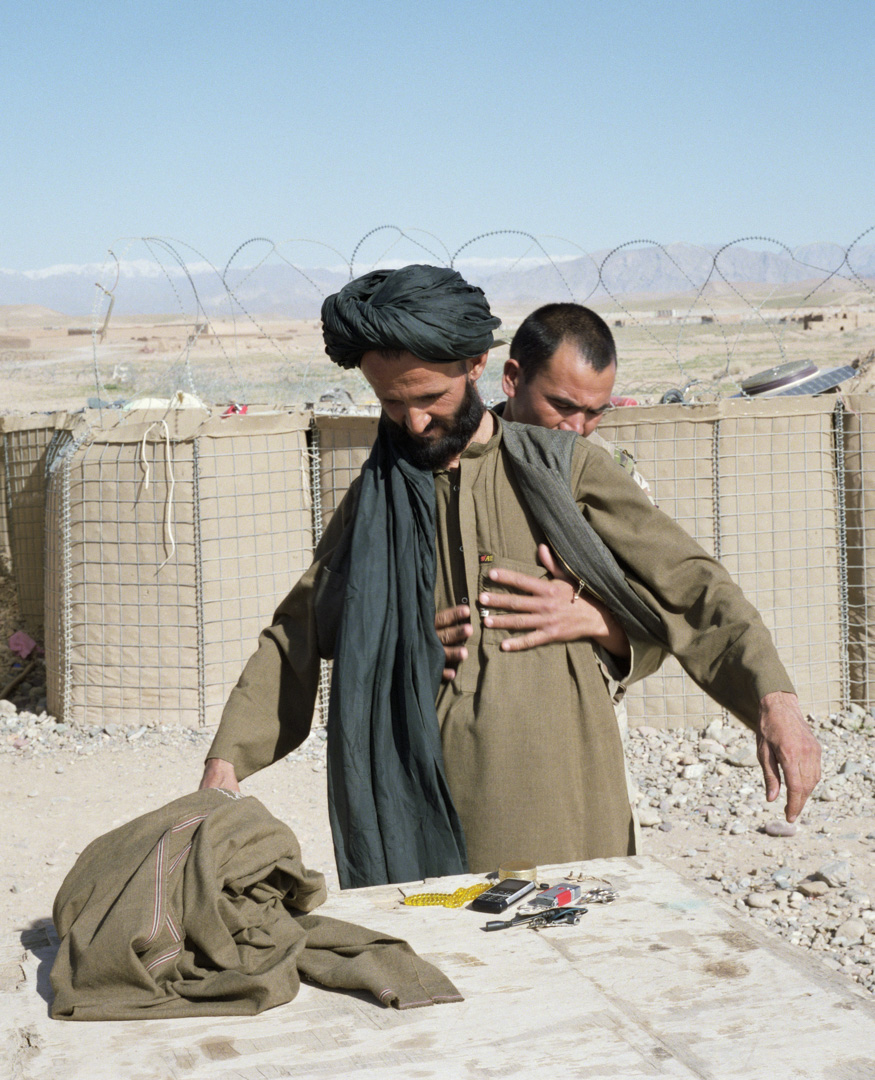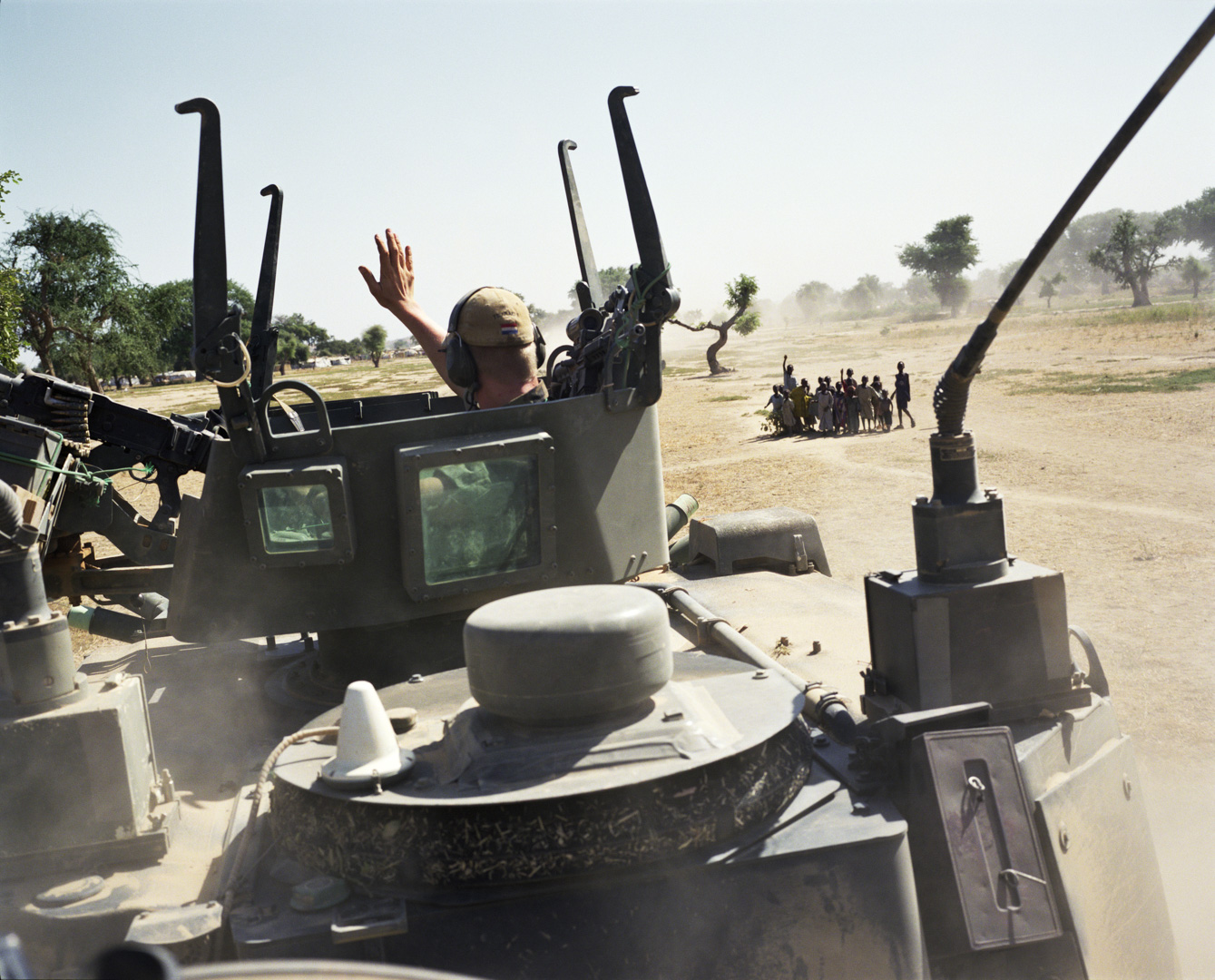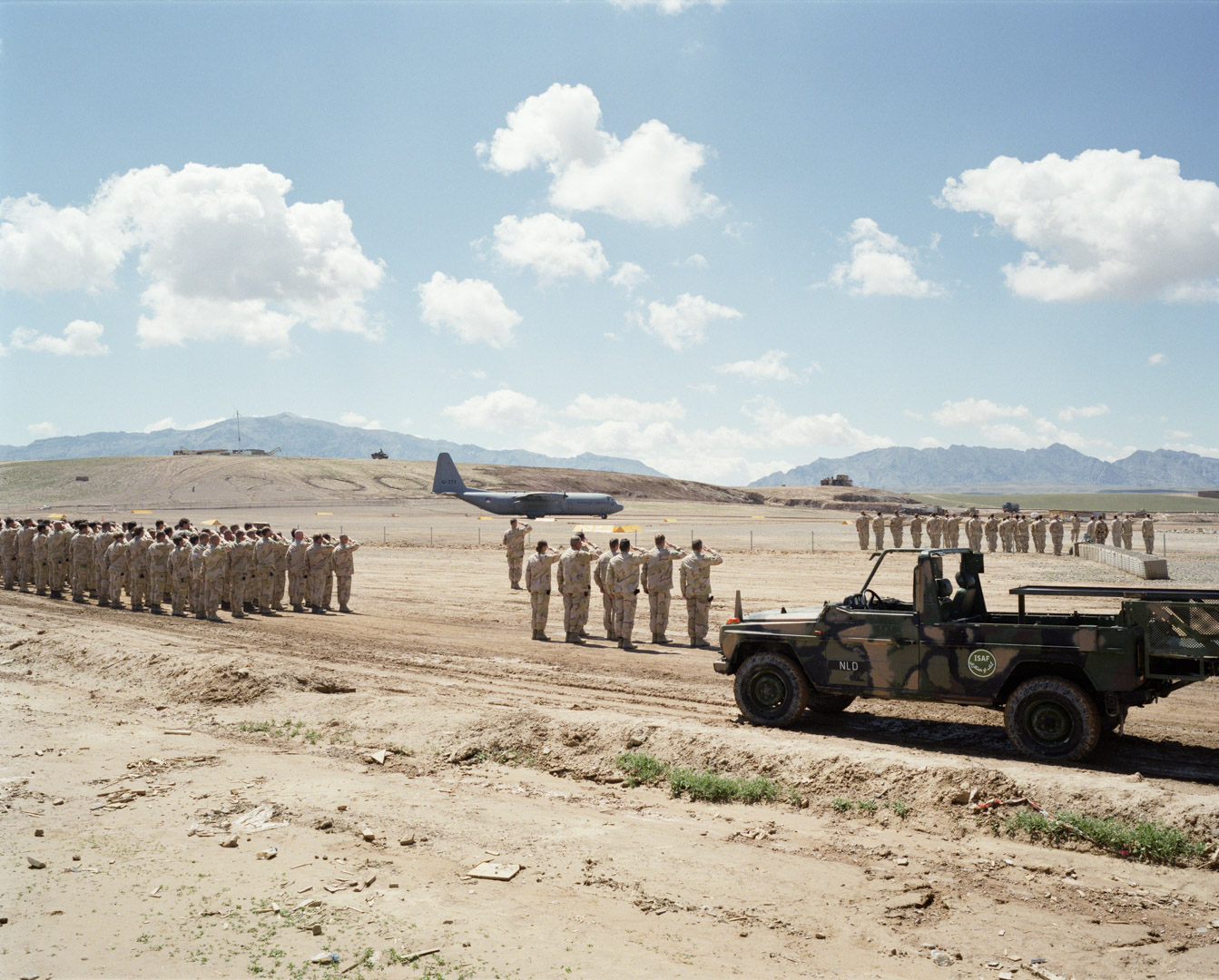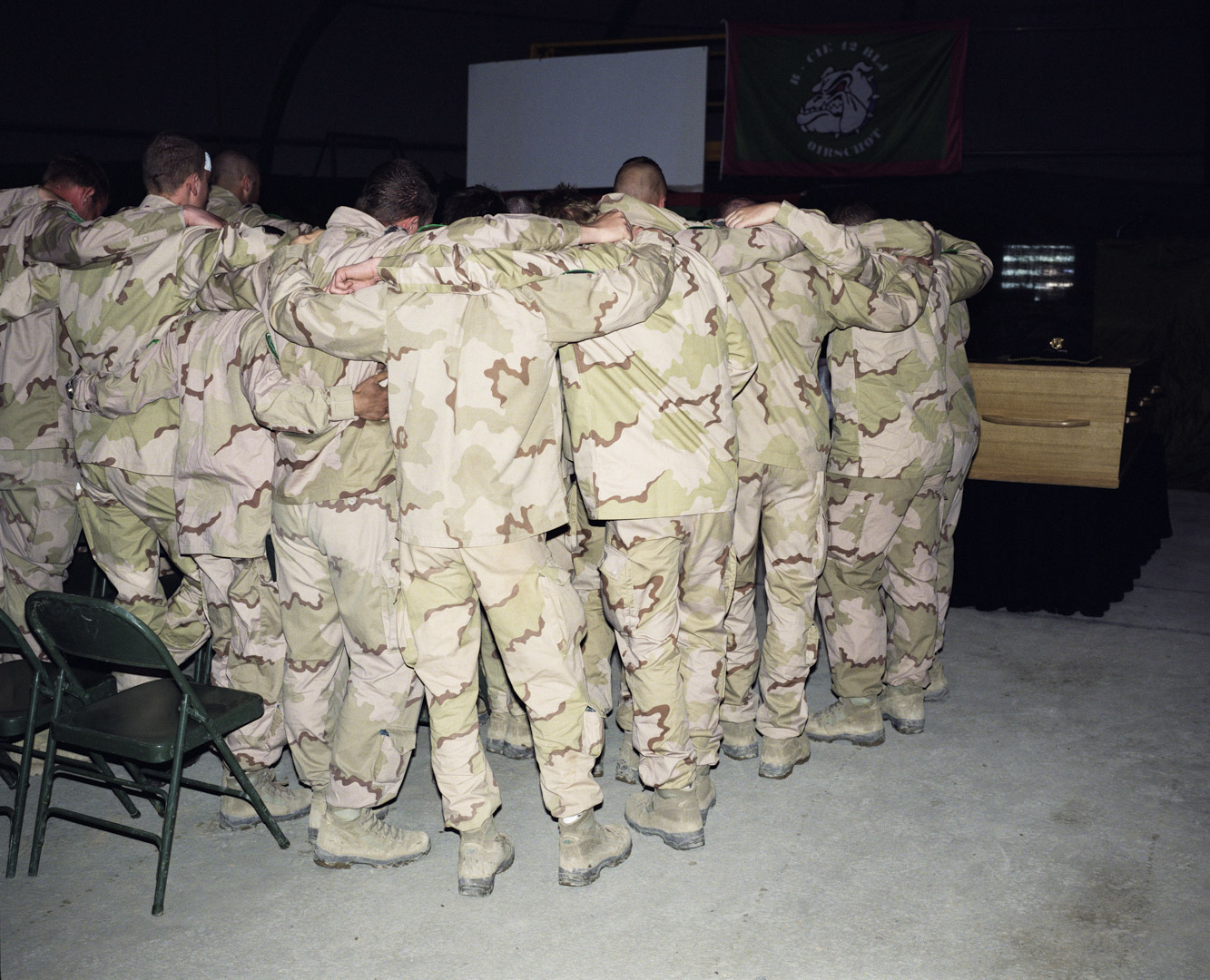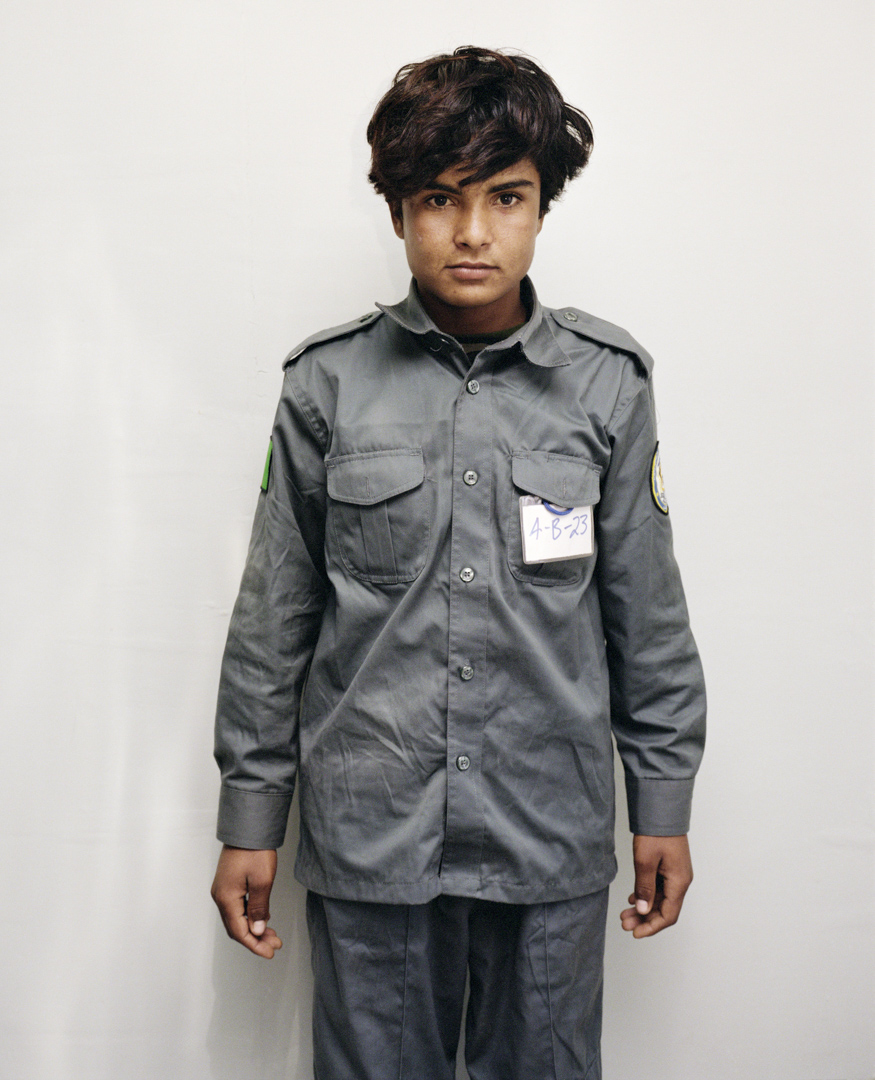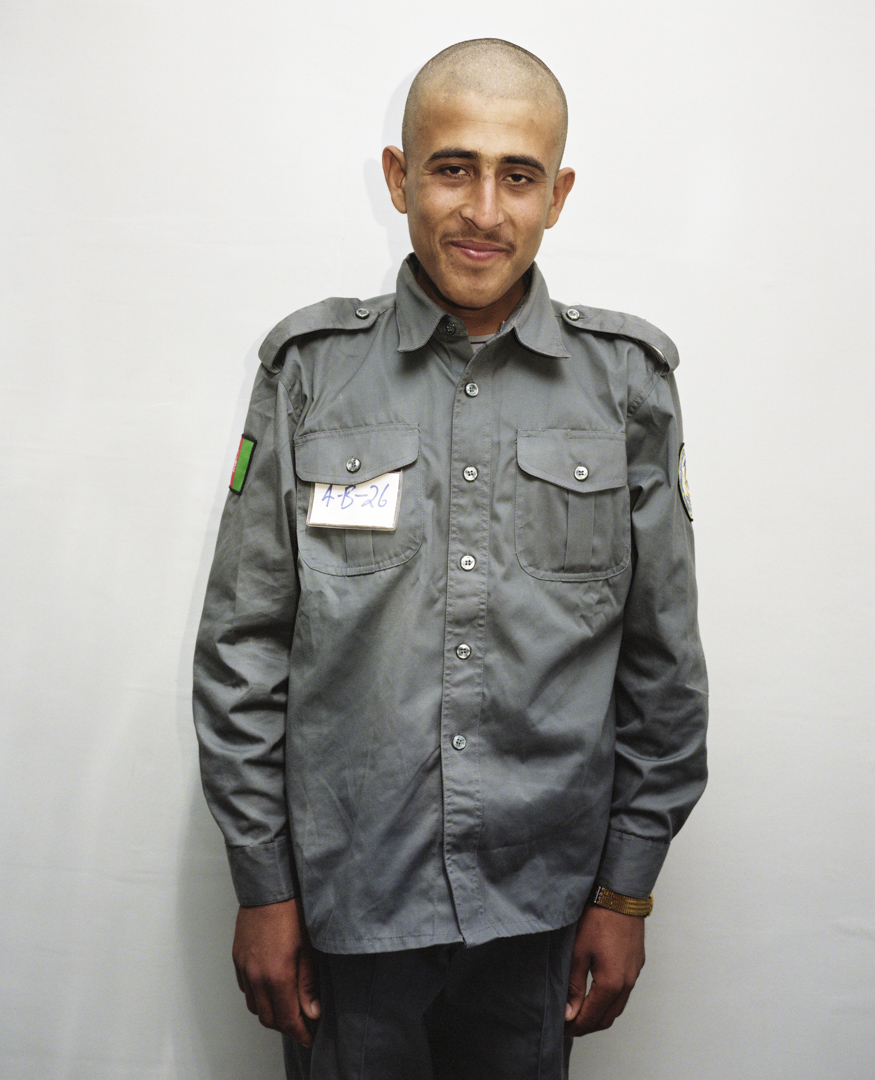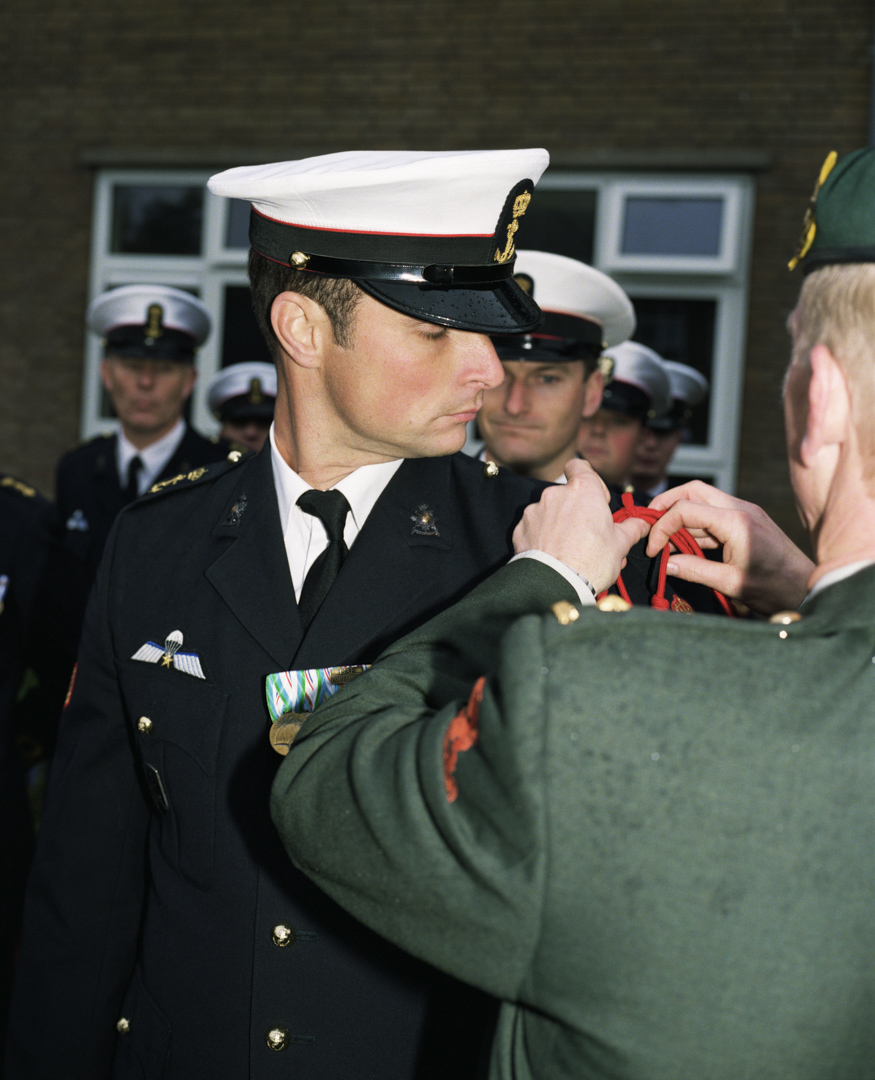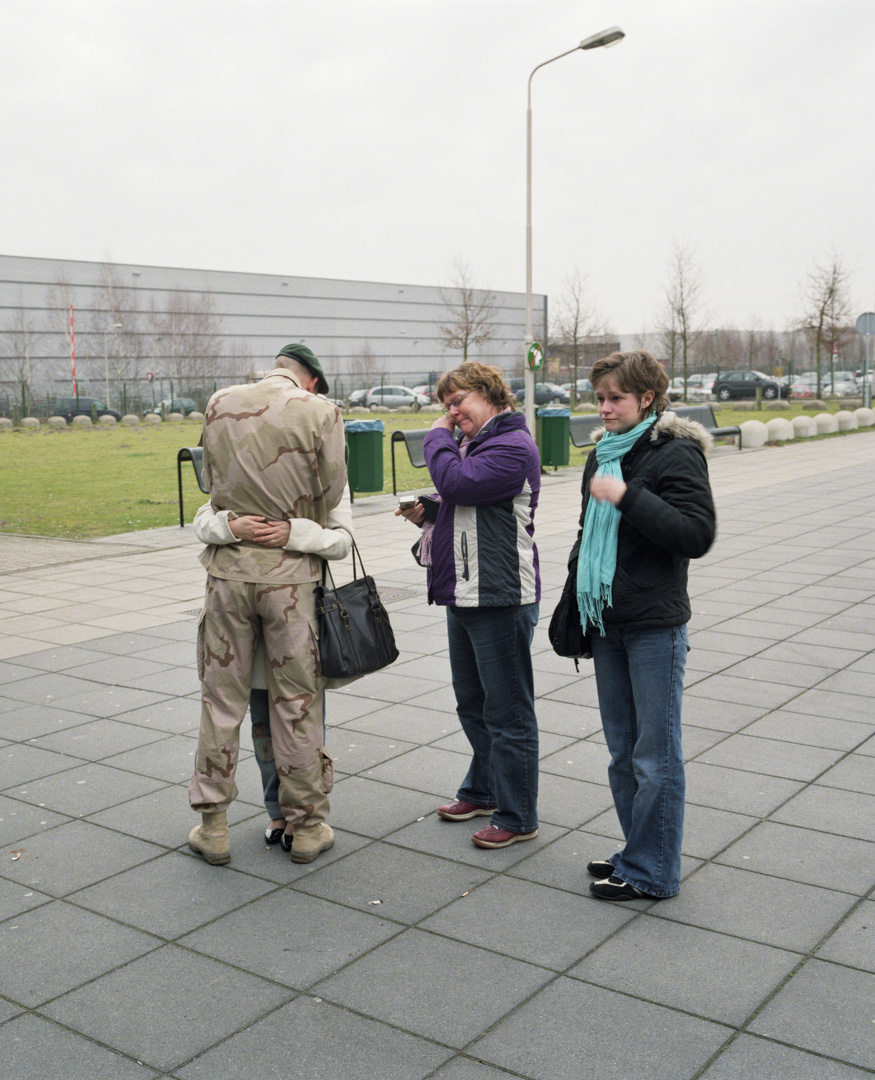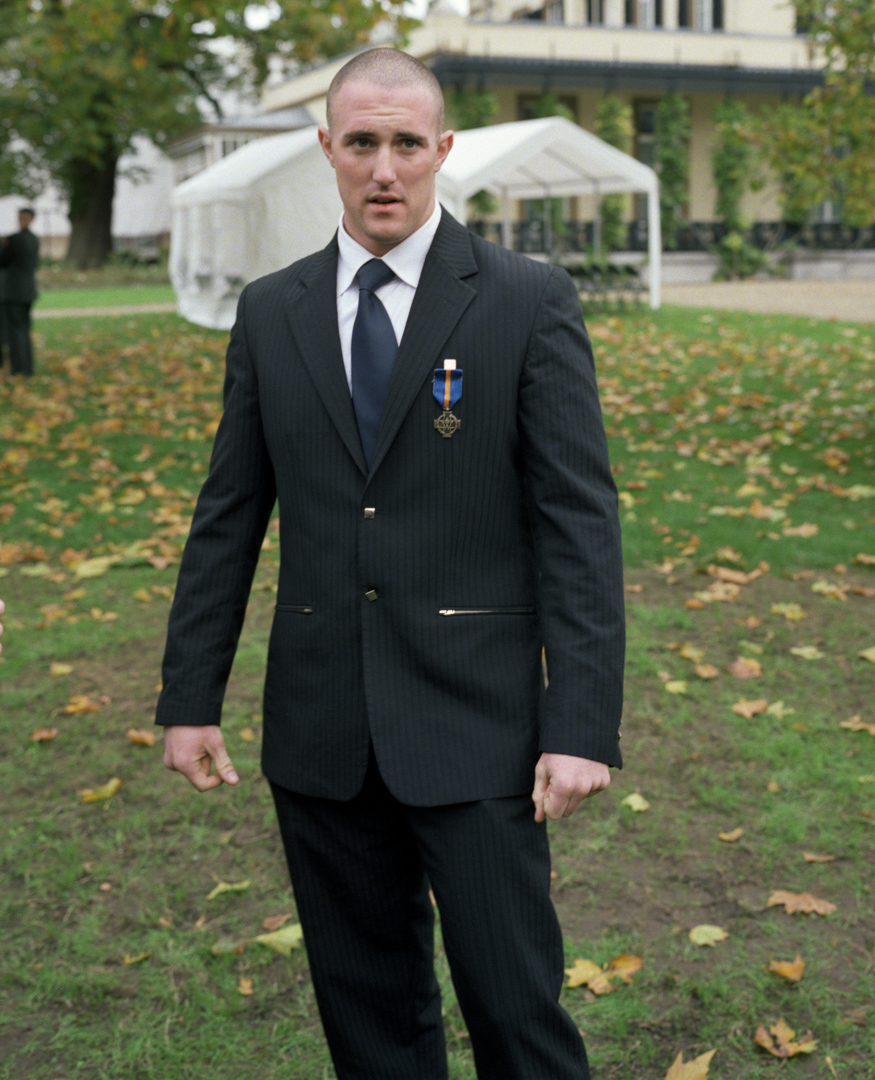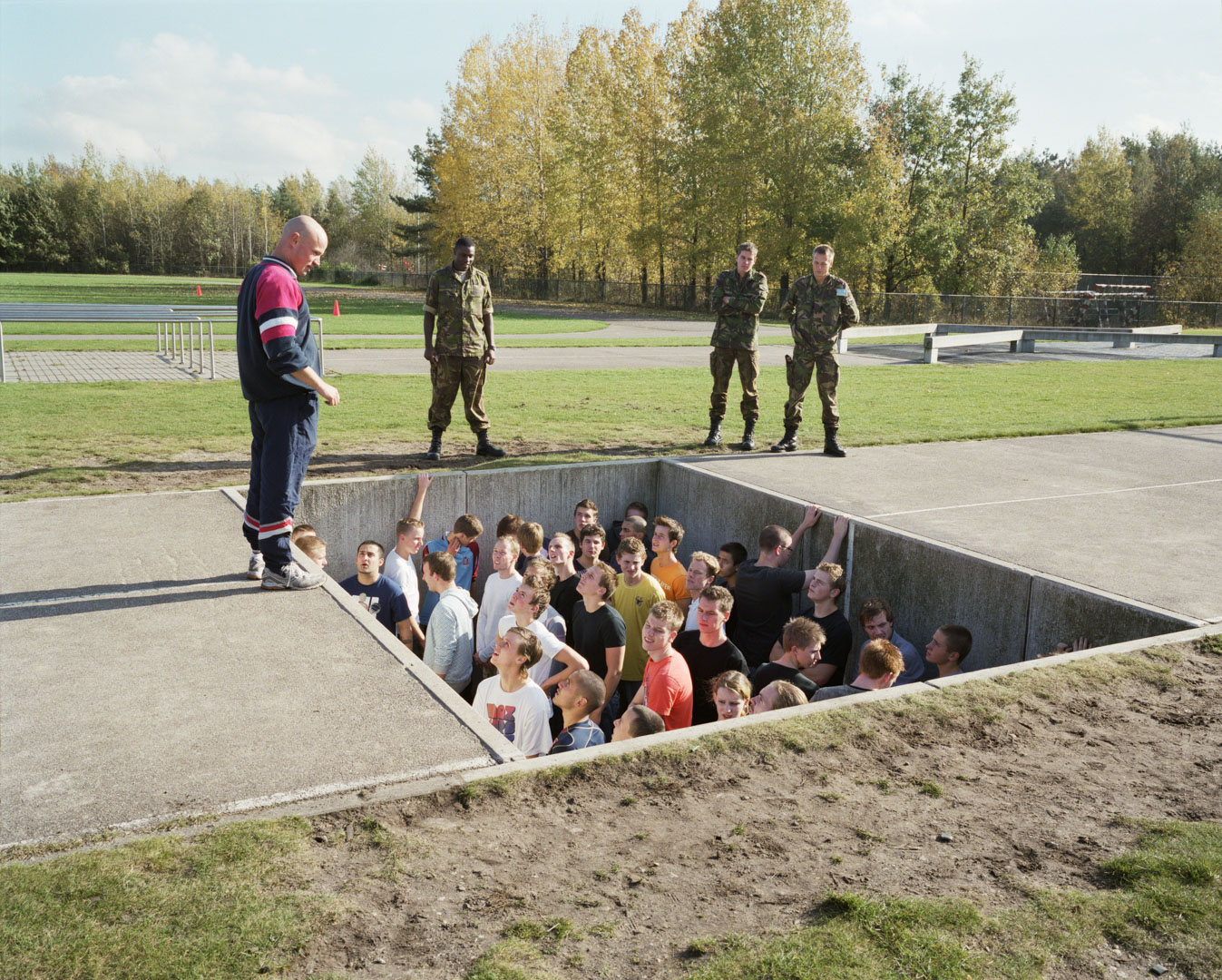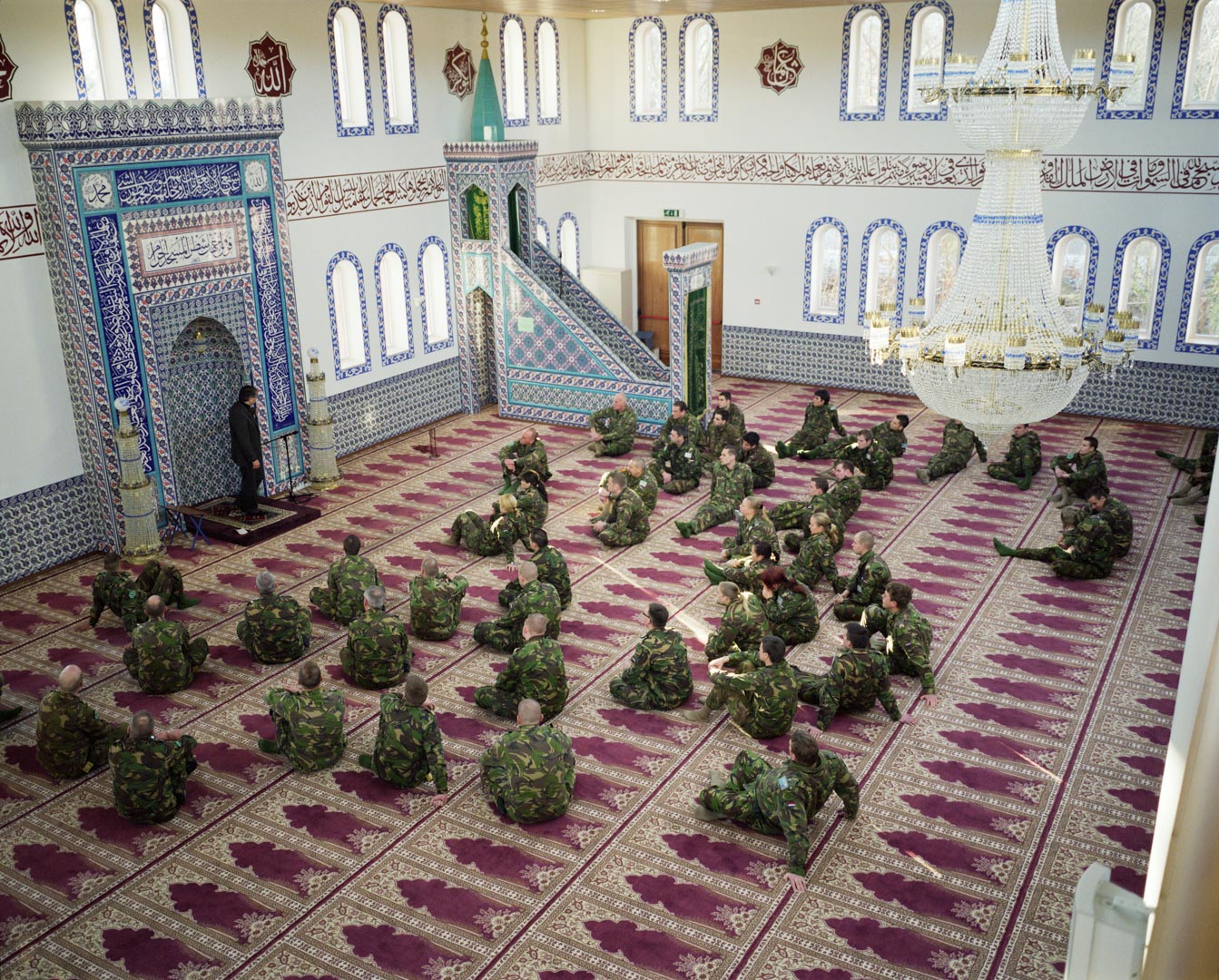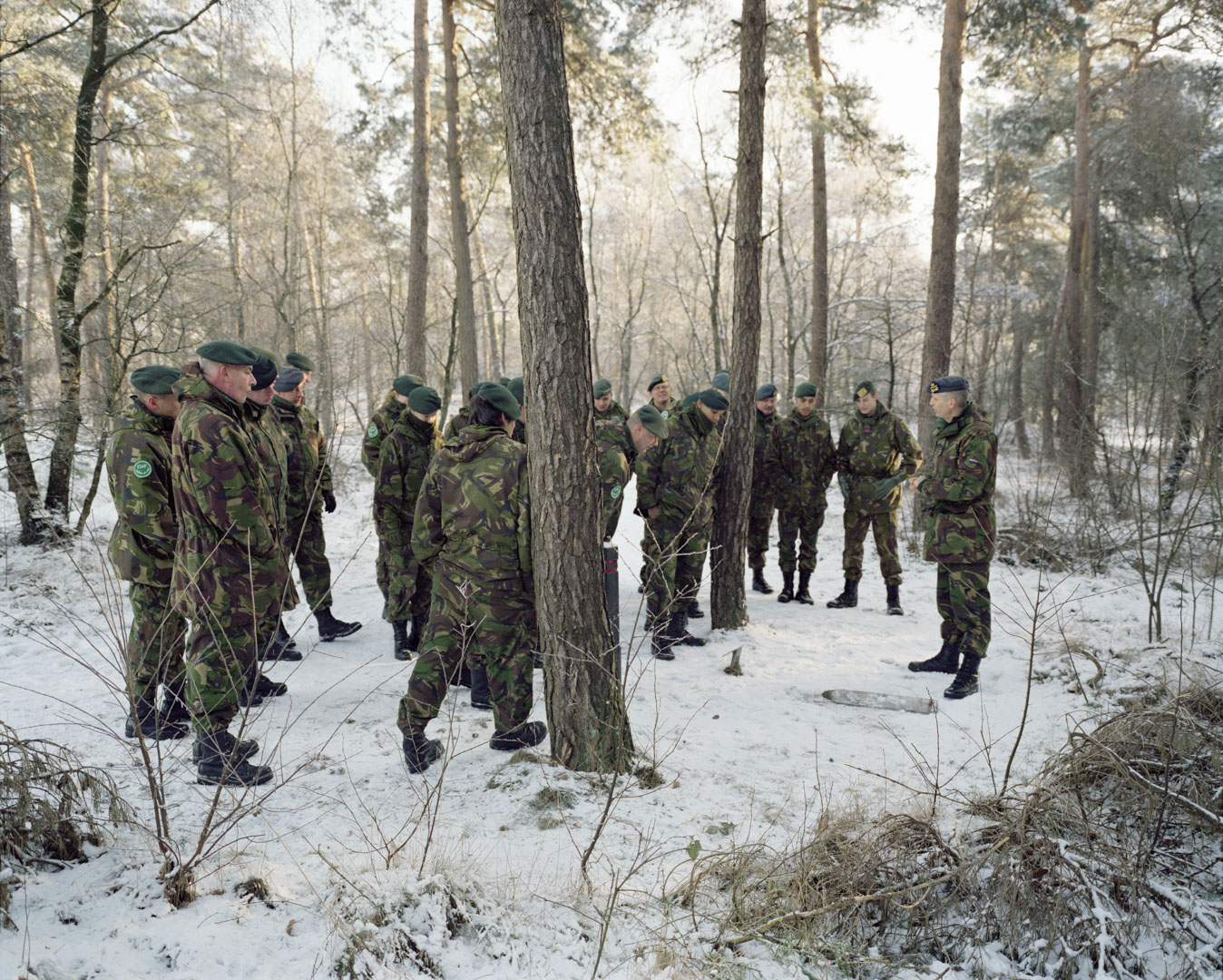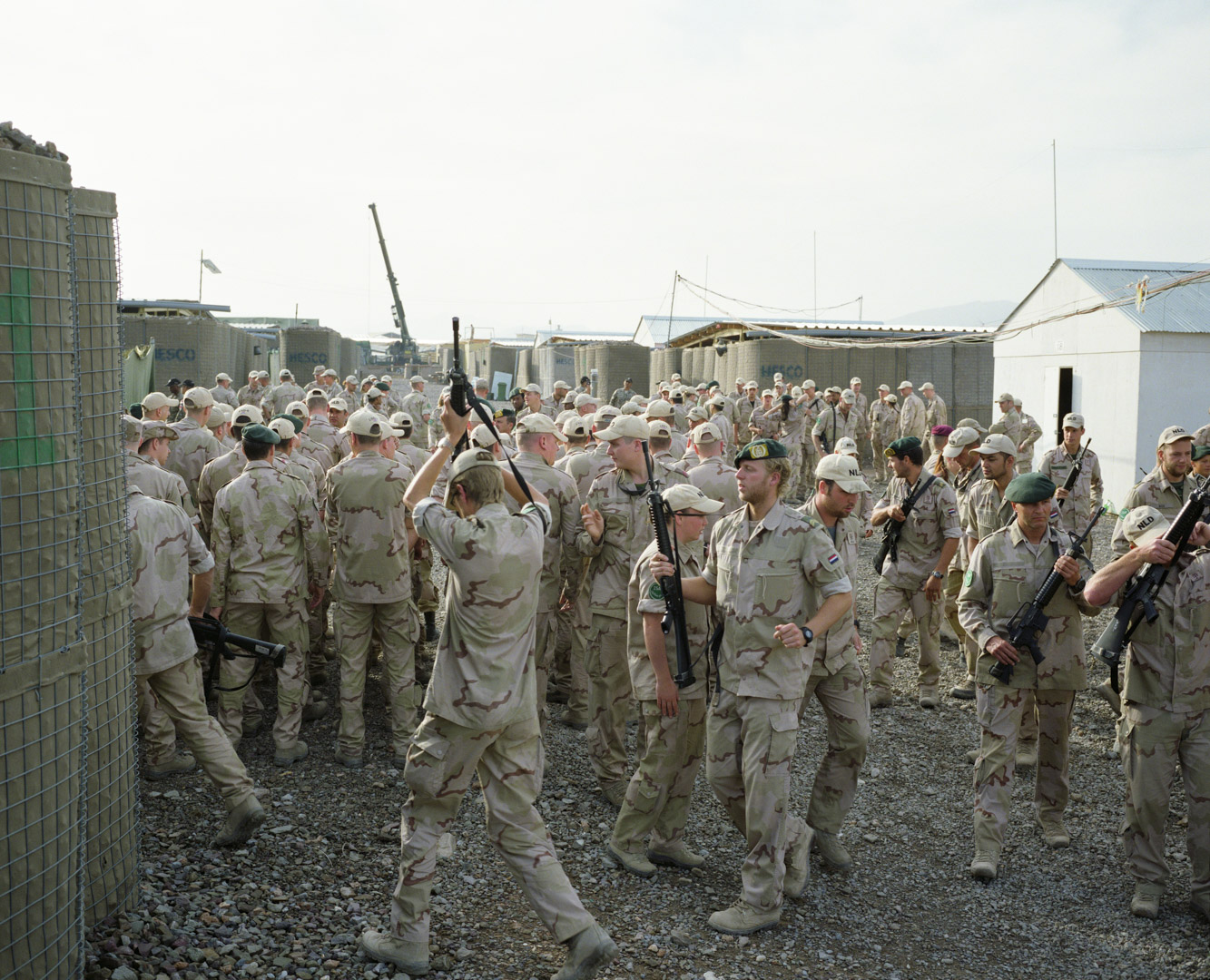Occupation Soldier, 2009
From the end of the Cold War in 1990 until the mission in Uruzgan in 2010, nearly 90 000 Dutch soldiers took part in peacekeeping missions.
What do we remember ? What remains of these operations in our collective memory ? Almost nothing.
Peacekeeping is not conducive to producing spectacular images. Except when something goes wrong. The fall of Srebrenica is an open wound in the history of the Dutch army. Yet every day, young men and women do their dangerous duty. Driven by adventure, camaraderie, sometimes idealism and a sense of responsibility. A total of 40 of them have lost their lives, half of them in Afghanistan.
For their annual photographic commission, Document Nederland, the Rijskmuseum and the daily newspaper NRC Handelsblad asked photographer Ad Van Denderen to put a face to this story.
Ad Van Denderen followed the new recruits in their training in Holland, and on mission in Chad and the Afghan Uruzgan: patrols and security operations. He also turned his focus to the soldiers’ families. He watched the recordings of Christmas and New Year’s greetings in a television studio and visited the families of those who will never return home.
“Wars began because the desire for war exists” wrote Arnon Grunberg. His polemical study of the notion of civilization serves as an introduction to the book Occupation Soldier.
Afghanistan, Uruzgan, April 2009
Registration of the Afghan National Police (ANP). The ANP is being trained by the Dutch military police on the perimeter of Camp Holland.

